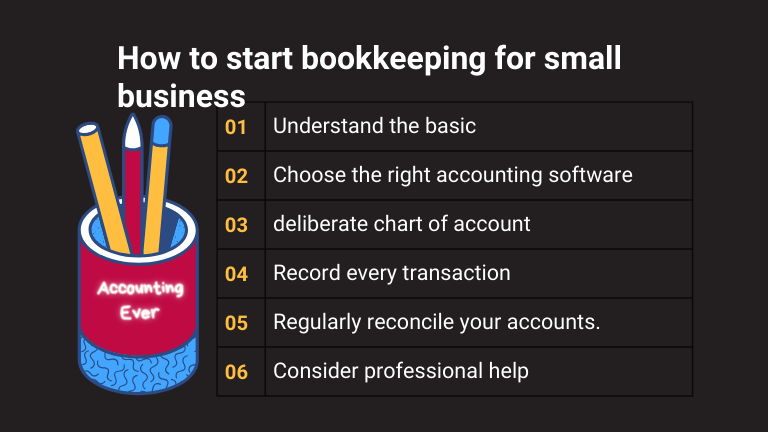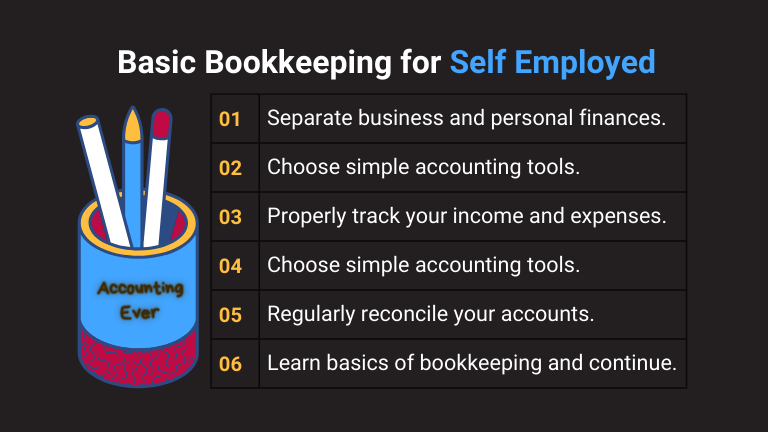Mastering the basics: what is the normal balance of accounts payable (with examples)

Many accounting guys asking the question – “what is the normal balance of accounts payable? The answer is credit.
In this article, we’ll delve into the concept of accounts payable, explore why its normal balance is credit, and provide practical examples to enhance your comprehension.
What is Accounts Payable?
Accounts payable (AP) is a liability account that represents the amount a company owes to its suppliers or vendors for goods and services received on credit. These liabilities are typically short-term and are settled within a specified period, often referred to as the payment terms.
Why The Normal Balance of Accounts Payable is credit?:
In accounting, every financial transaction involves two accounts – one account is debited, and the other is credited.
The normal balance of an account refers to whether it is increased by debits or credits. When Accounts Payable is increased by credit. That means if accounts payable increases overall credit balance also increased.
When a company purchases goods or services on credit, it incurs a liability, and the accounts payable account is credited. Conversely, when the company makes a payment to settle its obligations, the accounts payable account is debited.
Examples of Normal Balance in Accounts Payable:
Purchase of Inventory on Credit:
Suppose a retail business purchases $5,000 worth of inventory on credit from a supplier. The entry would be:
Debit: Inventory $5,000
Credit: Accounts Payable $5,000
Payment to a Vendor:
When the business pays $3,000 to the supplier to settle part of the accounts payable, the entry would be:
Debit: Accounts Payable $3,000
Credit: Cash/Bank $3,000
Accrued Expenses:
If a company accrues $2,000 in expenses at the end of the accounting period, the entry would be:
Debit: Expenses $2,000
Credit: Accounts Payable $2,000
Returned Goods:
Imagine the company returns $1,000 worth of defective goods to the supplier. The entry would be:
Debit: Accounts Payable $1,000
Credit: Inventory $1,000

Bottom Line
Understanding the normal balance of accounts payable is fundamental to maintaining accurate financial records. In essence, accounts payable reflects a company’s outstanding obligations to its creditors. By grasping the concept of debits and credits in relation to accounts payable, businesses can effectively manage their cash flow, make informed financial decisions, and ensure compliance with accounting standards. With the examples provided, you’re better equipped to navigate the dynamic world of accounts payable and contribute to the financial health of your business.




